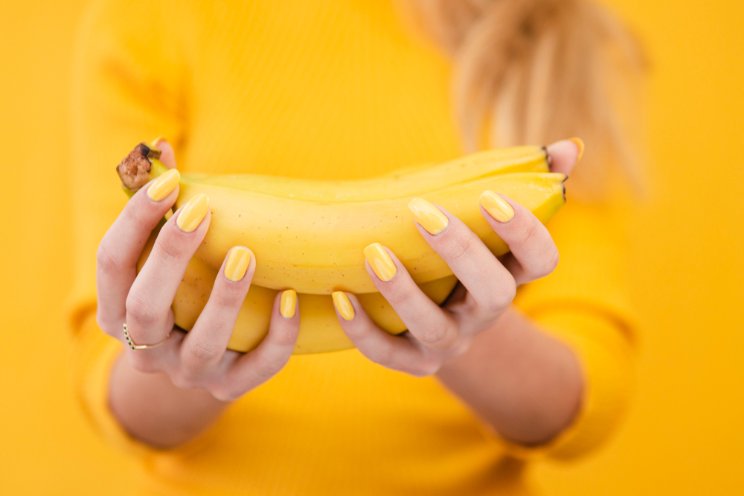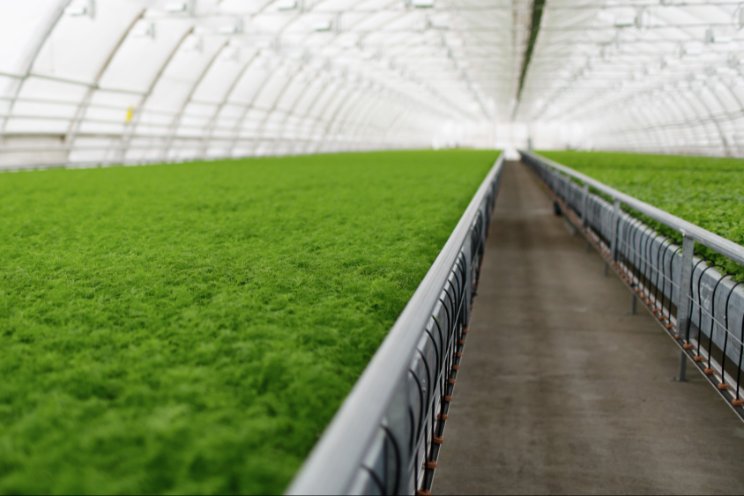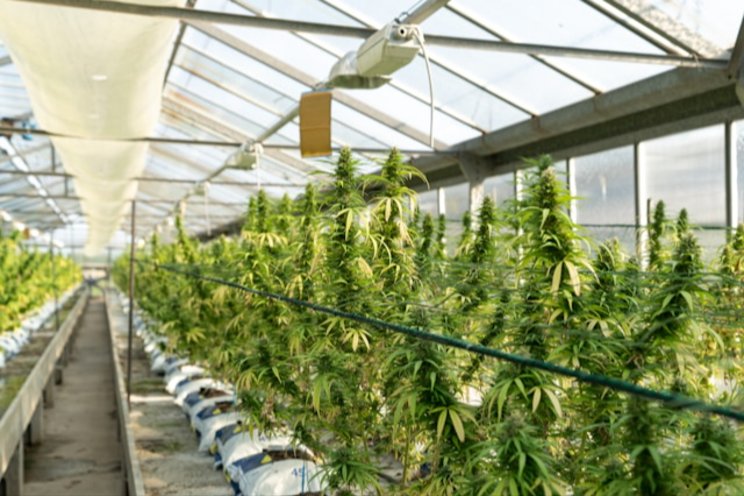The medical qualities of berries
Added on 08 July 2020


Photo Courtesy of Urban Ag News
Strawberries and Blueberries
Strawberries are the most widely grown fruit crop in the U.S., closely followed by blueberries [1]. Their popularity in the diet of health conscious Americans has grown in recent years because they have powerful nutritional and medicinal properties.
 Photo Courtesy of Urban Ag News
Photo Courtesy of Urban Ag News
The effect of a poor diet leads to chronic disease
A poor diet can lead to obesity, and subsequent chronic, low-grade inflammation, resulting in vascular damage, thrombosis, insulin resistance and high blood pressure [2]. This can lead to cardiovascular disease and type II diabetes, in addition to some forms of cancer, arthritis and neurodegenerative diseases [3].
Anti-inflammatory, anti-oxidant, anti-cancer, vascular protectant, neuroprotectant
Strawberries (Fragaria) and blueberries (Vaccinium) are well known to be high in antioxidants and a great source of minerals, vitamins, fatty acids, and dietary fibre. They contain a wide array of bioactive phytochemicals, such as phenolic compounds and organic acids that boost the immune system [4]. Both strawberries and blueberries contain high levels of these bioactive compounds known to prevent the risk of developing cardiovascular disease and cancer [5] [6]. Consumption of flavonoids is also associated with a decreased risk of developing depression [7], something to bear in mind as anxiety is heightened at this time during the global COVID-19 pandemic.
Boosting the immune system with berries to provide cardiovascular protection and fight off viruses
Cardiovascular disease is the number one cause of mortality in the U.S. [8] and as with type II diabetes, people with either of these conditions are at higher risk of complications due to COVID-19 [9]. Current CDC guidelines for prevention of heart disease state, "be sure to eat plenty of fresh fruits and vegetables and fewer processed foods" [10]. With no known cure or vaccine, there is an opportunity for individuals to use plant sources that have been shown to alleviate symptoms of both these diseases making the body more resilient to the virus.
Strawberries and blueberries are amongst the most studied berries, in particular for their cardiovascular protective effects. Regular consumption of strawberries is well known to reduce risk factors associated with heart disease by reducing blood cholesterol and oxidative stress [11] [12] [13] [14]. In separate studies, just three portions of strawberries and blueberries a week may reduce the risk of having a heart attack by more than 30% [15]. Strawberries also reduce the risk of type II diabetes by controlling blood sugar levels in diabetic patients [16].
Men are more seriously affected by COVID-19 and this can be compounded by underlying disease [17]. In a randomized study of men with type II diabetes, researchers found that just one cup of freeze-dried blueberries a day for 8 weeks could have a significant effect by reducing both cumulative and average glucose levels [18]. The same study also revealed a significant reduction in serum triglycerides after blueberry consumption suggesting a cardiovascular protection.
Wild Varieties
In Europe, the denser woodland bilberry or blaeberry (Vaccinium myrtillus L.) is equivalent to blueberries (Vaccinium corymbosum) native to North America. All are vaccinium genus and display similar medicinal qualities although some scientific evidence suggests the wild bilberry has much higher antioxidant activity [19]. That is, if you can pick them before the wild deer eat them! A recent study following 110 women consuming bilberries as part of a routine diet, showed a reversal of dangerous vascular changes in under a month [20].
Growing Strawberries
Strawberries are fairly easy to grow and should be placed in a sunny position with good nutritious soil mixed with perlite and bedded with straw or a dry mulch. A little fertilizer during the fruiting season is all they require to keep producing a continuous crop. Hydroponic growing may require more knowledge but they do well in a raised bench dripper system in a perlite substrate that drains easily. They need a lot of growing space and soluble fertilizer should be supplemented during fruiting with higher levels of phosphate/potassium. If you don't have space to grow like the pros why not try a more compact wild alpine strawberry.
Much more information is available from the technical resources provided by Hort Americas.

Photo Courtesy of Urban Ag News
If you want to try these in hydroponics, take a look at these resources:
Essentials for growing hydroponic strawberries successfully
Growing Blueberries
Blueberries that are commonly grown in high bushes and dwarf varieties tend to do better in hydroponics.

Photo Courtesy of Urban Ag News
Blueberries grow best in a well-draining substrate with pH 4.0-5.5 which should be checked and adjusted daily. In hydroponics they are usually grown in pots with a dripper system. Balanced irrigation/fertigation should be maintained at EC 2mS/cm with an ideal 15-25% run off.
Blueberries require increased sulphur to produce the best quality crop. An average daily temperature of 72-76 degrees Fahrenheit is ideal with optimal lighting ranging between 12-16hrs and 65-75% relative humidity. Growing blueberries successful on a commercial scale requires skilled monitoring and automated adjustments.

Photo Courtesy of Urban Ag News
By Janet Colston
Source: Urban Ag News
Photo: Freepik
<a href='https://www.freepik.com/free-photos-vectors/food'>Food photo created by bearfotos - www.freepik.com</a>
Source: Urban Ag News
More news















